- 1 - Building Trust with Your Doctor
- 2 - Effective Communication Techniques
- 3 - Overcoming Barriers in Medical Conversations
- 4 - Real-Life Stories and Lessons
- 5 - Professional Guidance and Resources
1. Building Trust with Your Doctor
Communicating openly with your doctor starts with trust. Many patients in the United States feel hesitant to share sensitive details about their lifestyle, symptoms, or emotional health, fearing judgment or dismissal. However, physicians rely on accurate and honest information to provide effective care. Establishing trust begins by viewing the doctor-patient relationship as a partnership. This perspective encourages patients to express concerns freely and doctors to listen with empathy.
For example, one patient admitted to struggling with diet changes but avoided telling her cardiologist for months. When she finally shared this openly, her doctor adjusted the care plan with more achievable steps, significantly improving her health outcomes. This story highlights the value of transparency in medical communication.

2. Effective Communication Techniques
2.1 Preparing Before Appointments
One effective strategy is preparing a list of questions and symptoms before each appointment. Patients who write down concerns are less likely to forget important details during visits. This approach also helps the doctor address issues systematically. For instance, a young professional created a “symptom journal” to track chest discomfort, allowing her doctor to identify patterns that led to a clearer diagnosis.
Endeavor Health Northwest Community Hospital
endeavor health northwest community hospital
800 W Central Rd, Arlington Heights, IL 60005, USA

2.2 Asking Clarifying Questions
Medical terms can be confusing. Patients should feel empowered to ask their doctor to explain conditions or treatments in simple terms. A patient once shared online that by asking his doctor to “explain it like I’m explaining to my child,” he finally understood his medication plan, leading to better adherence and improved outcomes. This demonstrates that open dialogue not only builds clarity but also enhances treatment success.
2.3 Expressing Concerns About Treatments
Patients may worry about side effects, costs, or lifestyle impacts of treatments. Communicating these concerns ensures that care plans are realistic and tailored. A patient managing heart disease explained her financial struggles to her doctor, who then recommended affordable alternatives. Open communication prevented treatment lapses and preserved her health.
3. Overcoming Barriers in Medical Conversations
3.1 Cultural and Language Differences
Cultural values and language barriers often affect medical communication. Patients from diverse backgrounds may find it difficult to express themselves or may misinterpret medical advice. Some hospitals in the U.S. now employ interpreters or culturally sensitive staff to bridge this gap. Patients who take advantage of these services find their healthcare experience less stressful and more effective.
3.2 Emotional Barriers and Anxiety
Fear or anxiety often prevents patients from discussing symptoms openly. A case widely shared online involved a man who delayed telling his doctor about recurring chest pain due to fear of bad news. Unfortunately, the delay led to a more severe diagnosis. This highlights the importance of overcoming emotional barriers and fostering a supportive dialogue.
3.3 Time Constraints in Appointments
Short appointment times can limit communication. Patients should prioritize discussing the most pressing concerns first. Some bring a trusted family member to help ensure nothing important is overlooked. By organizing conversations, patients maximize the limited time available with their healthcare providers.
4. Real-Life Stories and Lessons
Consider the story of a woman in her 50s who lived with undiagnosed high blood pressure for years. When she finally began communicating openly with her doctor about frequent headaches and stress, the physician quickly identified the issue and provided treatment that prevented further complications. Her case is now used in patient education programs as a reminder of how open communication can save lives.
Another widely discussed story comes from a community forum where patients shared how keeping health journals helped them identify subtle symptoms like irregular heartbeats. These examples show how real people benefit when they actively engage in transparent dialogue with their doctors.
5. Professional Guidance and Resources
Professional support plays a key role in encouraging open communication. Doctors often recommend educational resources, support groups, or digital tools that help patients stay informed. Reliable platforms such as HeartCare Hub also offer guidance, products, and services that support heart health while fostering effective doctor-patient relationships. Patients who take advantage of these resources feel more empowered and prepared to participate in their healthcare journey.
Ultimately, communicating openly with your doctor strengthens trust, improves understanding, and ensures that medical care aligns with real-life needs. With the right strategies, both patients and doctors can work together to achieve better health outcomes.


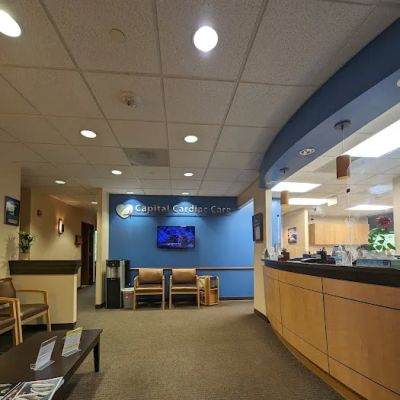

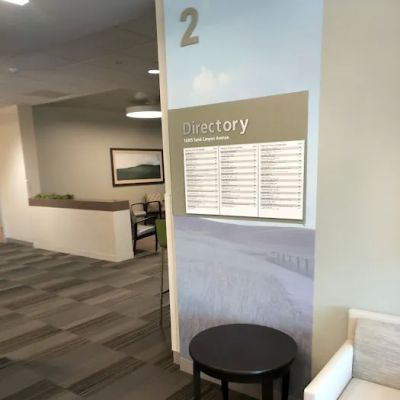
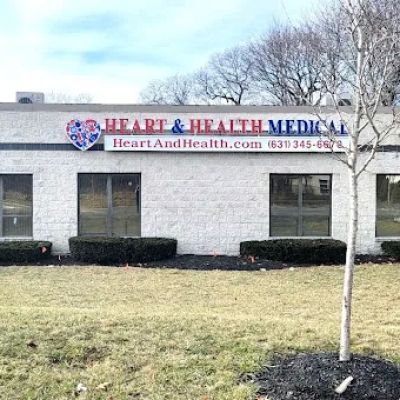
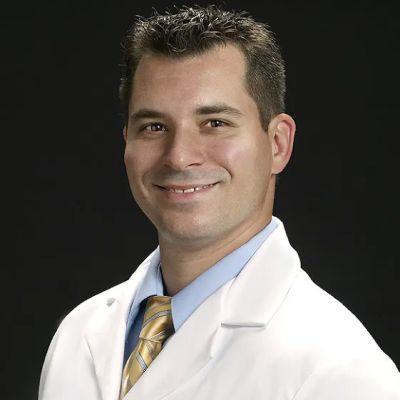
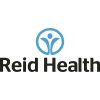
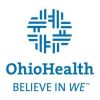








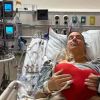



Capital Health Medical Center – Hopewell
capital health medical center hopewell
1 Capital Way, Pennington, NJ 08534, USA